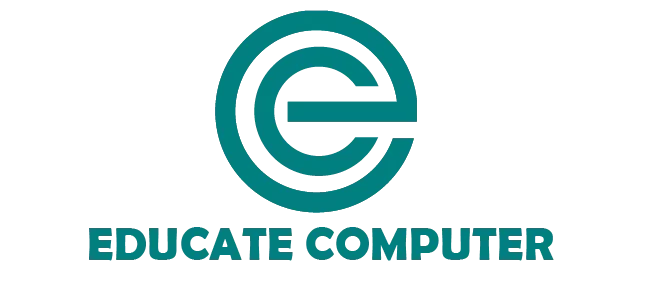When you see a computer, you notice many physical parts like the monitor, keyboard, and CPU. These parts are called computer hardware. Hardware is the part of a computer that you can touch and see. It works together with software to complete tasks.
Computer Hardware Definition
Computer hardware is the physical components of a computer system. It includes devices like the keyboard, mouse, monitor, motherboard, and hard drive. Hardware is different from software. Software provides instructions, while hardware executes those instructions.
Learning about hardware is important because it helps to understand how a computer works, both from the inside and outside.
Types of Computer Hardware
Computer hardware can be divided into different types based on their role:
- Input Devices – These are used to enter data into the computer. Examples: keyboard, mouse, scanner.
- Output Devices – These show results after processing. Examples: monitor, printer, speakers.
- Storage Devices – Storage is like the “memory” of the computer. Some devices store data permanently, like hard drives or SSDs. Others store data temporarily, like RAM. A USB flash drive helps to carry data from one computer to another.
- Processing Devices – Processing devices handle all the calculations and operations. The CPU is often called the brain of the computer. It takes the input, processes it, and then sends it to the output device. Example: CPU, GPU.
- Communication Devices – Communication devices connect the computer to other systems or the internet. Examples: modem, network card.
Computer Hardware Components
The main components of computer hardware include:
- Central Processing Unit (CPU): The brain of the computer that processes instructions. It controls all operations and processes instructions given by software.
- Memory (RAM and ROM): RAM (Random Access Memory) stores temporary data. It holds the information only when the computer is turned on. ROM (Read-Only Memory) stores permanent instructions. These instructions are used to start the computer every time you switch it on.
- Motherboard: The motherboard is the main board inside the computer. It acts like a backbone that connects all the components. The CPU, memory, storage devices, and other parts are attached to it.
- Storage Devices: Storage devices are used to save data permanently. Hard Disk Drives (HDD) and Solid-State Drives (SSD) are the most common types. An HDD stores data on magnetic disks, while an SSD uses flash memory, which is faster and more reliable.
- Power Supply Unit (PSU): The power supply unit is the part that provides electricity to the computer. It takes power from the wall socket and converts it into a form that the internal parts can use safely.
- Peripheral Devices: Peripheral devices are external parts that connect to the computer to increase its functions. Examples include printers, scanners, webcams, and external hard drives. These devices are not always necessary for the computer to run, but they make it more useful.
Computer Hardware Devices
Some common devices include:
- Keyboard: Used to input text and numbers.
- Mouse: Helps in pointing and clicking.
- Monitor: Displays the output of tasks.
- Printer: Produces hard copies of documents.
- Speakers: Produce sound output.
Each device has a role in making the computer useful for daily tasks.
Computer Hardware Elements
Computer hardware is not just one thing. It has different elements that work together to make the system complete. These elements can be divided into three main groups:
1. Physical Elements
Physical elements are the parts of the computer that you can see and touch. These include chips, casing, cables, and drives. For example, the chip on the motherboard processes data, the casing protects all the internal parts, and the cables connect different components so they can transfer power or data.
Hard drives and SSDs are also physical elements because they store information in a solid form.
2. Functional Elements
Functional elements describe the jobs that hardware performs inside the computer. Every device has a role. Input devices let you enter data, output devices show results, storage devices keep data safe, and processing devices handle operations.
These roles explain how hardware contributes to the working of the whole system.
3. Structural Elements
Structural elements tell us how hardware is arranged in the system. Some parts are inside the computer case, like the CPU, RAM, and motherboard. These are called internal hardware. Other parts are outside the case, like the keyboard, mouse, and printer. These are called external hardware.
Internal hardware is important for performance, while external hardware makes the computer more interactive and useful. The structure helps us understand where the parts are placed and how they connect to each other.
FAQs
Why is computer hardware important?
Hardware is important because it makes a computer work. Without hardware, software cannot run, and tasks cannot be done.
What is internal hardware?
Internal hardware is placed inside the computer case, such as CPU, RAM, motherboard, and storage drives.
What is external hardware?
External hardware is connected outside the computer, like the keyboard, monitor, mouse, and printer.


